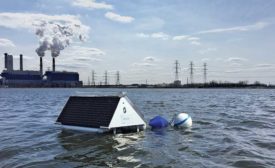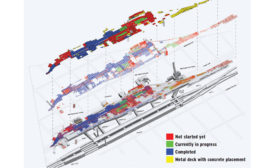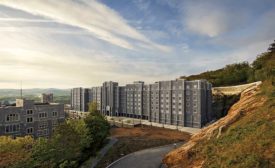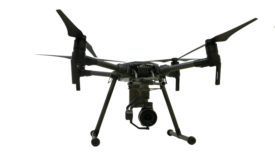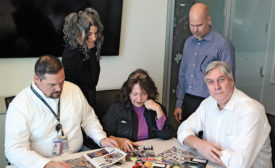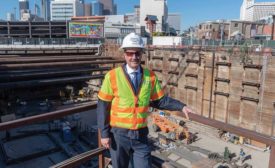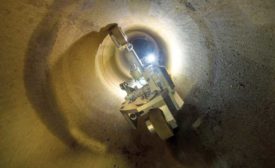Articles by Tom Sawyer
Best of the Best Projects 2018
Best Residential/Hospitality: Davis Barracks, U.S. Military Academy
Read MoreENR 2018 Top 25 Newsmakers
Gregory Penza: Finding the Competitive Advantage in Applied Construction Robotics
Read MoreInside the Deal
Autodesk's Latest Acquisition and Investment Pattern Binds Design and Construction
Acquisition of BuildingConnected will integrate preconstruction tools into the vendor's growing project delivery ecosystem
Read More
The latest news and information
#1 Source for Construction News, Data, Rankings, Analysis, and Commentary
JOIN ENR UNLIMITEDCopyright ©2025. All Rights Reserved BNP Media.
Design, CMS, Hosting & Web Development :: ePublishing



